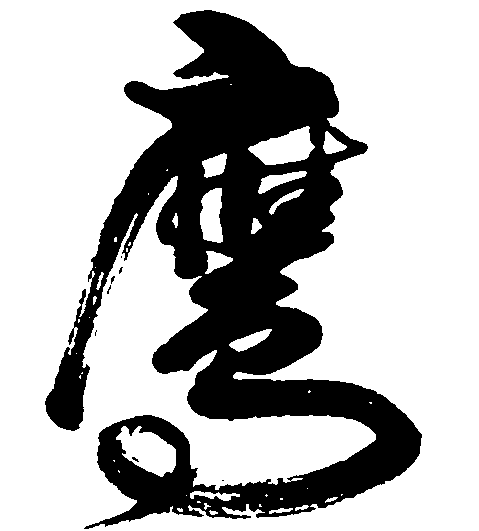The Hidden Markers of Mastery: Idioms and Classifiers in Chinese
What separates someone who can “get by” in Mandarin from someone who speaks with clarity, confidence, and cultural depth? Often, it’s not vocabulary size or even pronunciation, it’s the use of what I like to call the hidden markers of mastery: idioms and classifiers.
As a native English speaker who has studied Mandarin for over a decade and spent significant time living in China, I’ve experienced firsthand how crucial these two elements are to sounding natural and fluent. While they’re often overlooked in beginner textbooks, idioms and measure words are essential tools for advanced expression, cultural connection, and language finesse.
Idioms: The Poetry of Everyday Speech
Idioms in Chinese come in several forms—most notably 成语 (chéngyǔ), 俗话 (súhyú), and 歇后话 (xiēhòuyǔ). While 成语 are the most well-known (usually four-character phrases rooted in classical Chinese), all idiomatic expressions carry a weight of meaning far beyond their literal translation.
Idioms express complex ideas succinctly, often pulling from centuries of cultural, literary, and historical knowledge. For instance, 指鹿为马 (zhǐ lù wéi mǎ) means to call a deer or stag a horse, referring to a deliberate misrepresentation, with historical roots from the Qin dynasty.
When you use idioms correctly, you don’t just sound more fluent, you demonstrate a deeper understanding of the culture, history and thought patterns behind the language. Whether in formal writing, storytelling, or casual conversation, idioms are linguistic shortcuts to sophistication.
Classifiers: The DNA of Chinese Grammar
If idioms are poetry, classifiers are structure. Known as 量词 (liàngcí) (literally measure word,) classifiers are measure words that must be used between a number (or demonstrative like “this”) and a noun. It’s similar to how we would say “a flock of geese” or “a herd of cows” in English. The only difference here is, classifiers are used much, much, more in everyday Mandarin speech than in English.
Beginners often fall back on the generic 个 (gè), which technically can be grammatically correct for most objects, but native speakers use dozens of different classifiers depending on the object. For example:
- 本 (běn) for books
- 条 (tiáo) for long, narrow objects
- 位 (wèi) as a polite measure word for people
- 枝 (zhī) for pens, branches, etc.
Using the correct classifier isn’t just about grammar, it’s about sounding precise, thoughtful, and natural. Misusing classifiers might not render you unintelligible, but mastering them absolutely distinguishes you as an advanced speaker.
Why These Are “Hidden” Markers
So why do idioms and classifiers often get ignored by learners? Most textbooks and language apps focus on functional communication: how to order food, ask for directions, introduce yourself. These basics are necessary, but they don’t prepare learners to truly live in the language.
Idioms and classifiers are rarely emphasized early on because they’re considered difficult and non-essential. But in reality, they’re some of the most frequently used elements in everyday speech. Ignoring them can keep your Chinese sounding robotic or overly simplified, something no student would wish to encounter.
How to Learn and Integrate Them
For Idioms:
Read widely – modern articles, classical stories, and social media all use idioms.
Watch Chinese TV dramas and listen to native podcasts.
Create flashcards with context sentences, not just definitions.
Don’t be afraid to use idioms, even if imperfectly. Practice is the only path to fluency.
For Classifiers:
Start by replacing 个 in common phrases. Say “一本书” instead of “一个书”.
Group classifiers by category: people, objects, animals, etc.
When you learn a new noun, learn its measure word as well. Most modern dictionaries will list the measure word somewhere in the definition.
Listen for them in conversations and note how they’re used naturally.
Final Thoughts
Idioms and classifiers may not be the first things you learn in Mandarin, but they’re some of the most important if you want to speak with fluency, authenticity, and cultural awareness. Mastering them is not just about technical skill, it’s about respect for the language and a desire to truly connect with those who speak it.
Whether you’re just beginning your Mandarin journey or looking to polish your skills, I encourage you to dive into these hidden markers of mastery. Your Chinese and your connection to the culture will grow richer because of it. Click here to take the plunge with me and catapult your language to the next level.
